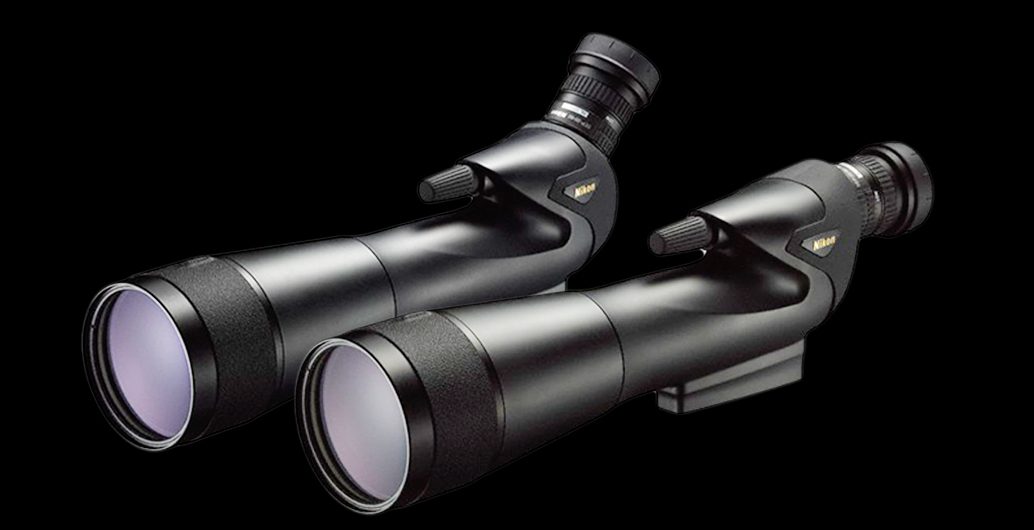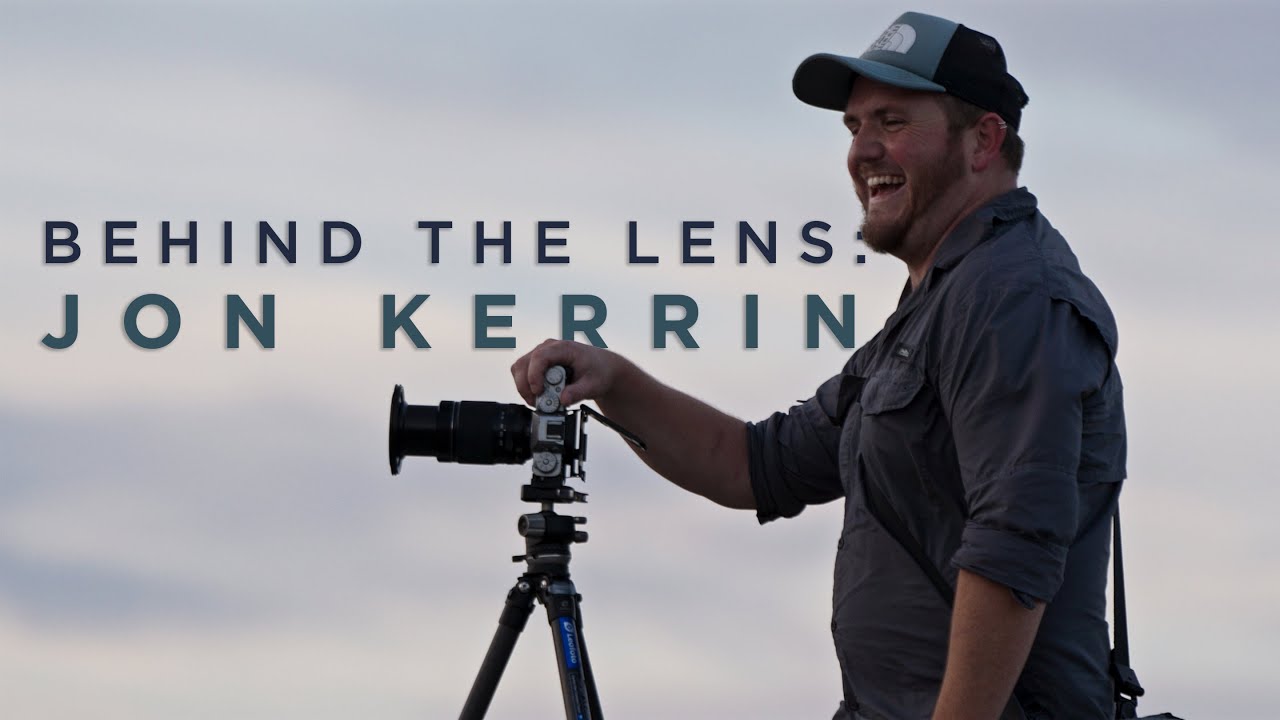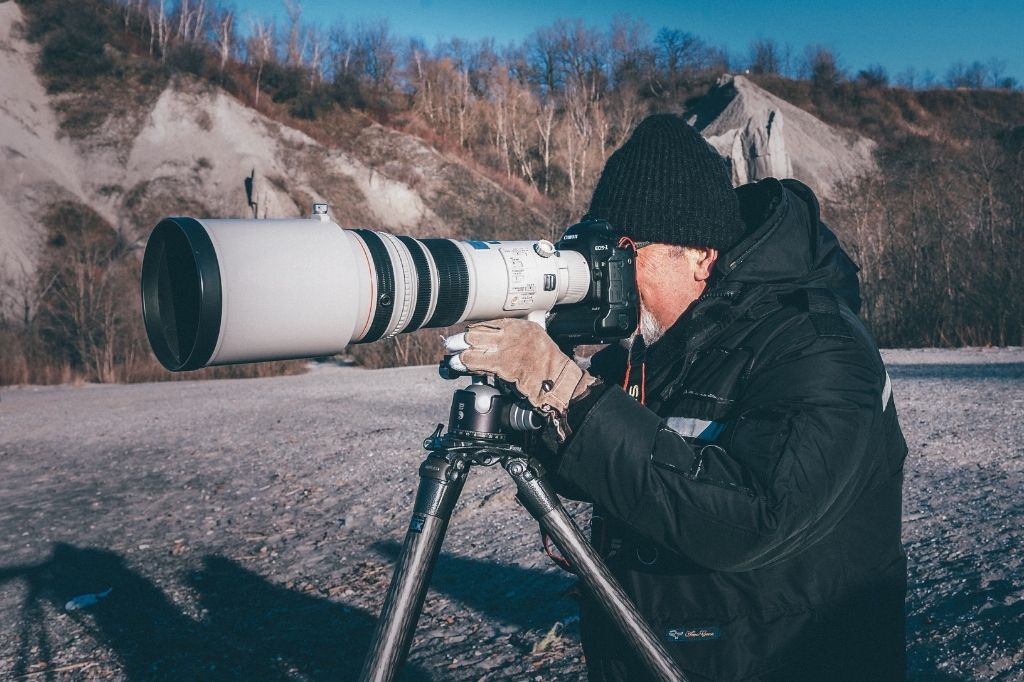Did you know that Orms also sells spotting scopes and telescopes? Here’s a brief introduction to scopes by Bill from Orms.
Article by Bill Rayner, sales consultant at Orms Cape Town.
Did you know that besides cameras and lenses, Orms also sells a range of spotting scopes and telescopes? These optics are ideal for simply viewing and appreciating nature and our night skies. But which one should you choose?
Telescopes are typically used by astronomy enthusiasts for viewing the night sky. Some telescopes produce an upside-down image, which would be very unsuitable for viewing terrestrial subjects – it’s hard to appreciate an upside-down landscape. A refractor telescope is also good for astronomy, but normally produces an image that is flipped from left to right (a mirror image), which again makes it unsuitable for land viewing.
Spotting scopes on the other hand creates images that are the right way up and right way round. You generally get a clear, crisp image for land viewing – perfect for objects such as mountains, trees, birds, animals, and even yachts.
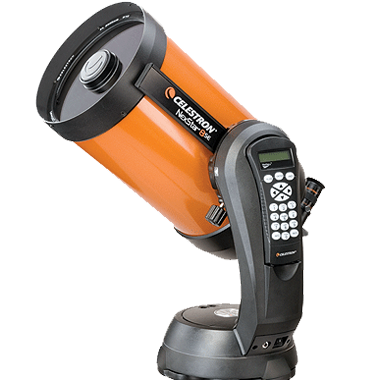
Celestron NexStar 8SE Computerized Telescope
If you want to view stars, it is useful to purchase a telescope that is controlled via computer tracking. The co-ordinates to the star or planet you wish to follow can be loaded into the computer, and it will move the ‘scope to track the selected subject – which is a huge advantage over non-tracking telescopes.
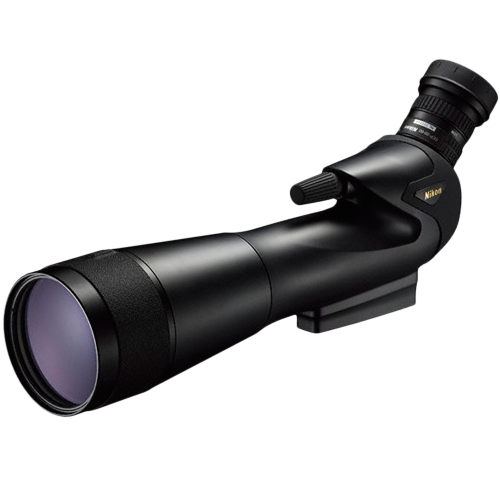
Nikon PROSTAFF 5 Fieldscope 82-A with 20x – 60x Eyepiece
A great benefit of spotting scopes is that they are generally far more portable than telescopes, and have a more rugged exterior. Suited for land viewing, where portability is important, spotting scopes are easily carried in your arms or in a medium-sized bag or case. This gives users the flexibility of transporting the scope to their desired spots, wether that’s a rain forrest or the top of a mountain. A good sturdy tripod is definitely necessary – Manfrotto 055XProB legs with a 700RC2 head is perfect for stabilising a large spotting scope, and a tripod with smooth, dampened motion will help you track your subjects.
The better the light transmittion is, the sharper and brighter the image will be. A low budget spotting scope will bring your subject nearer, but may not neccessarilly give you the good image you were hoping to view. A good spotting scope will attract more light, making your image more vivid and sharper. The Nikon range of spotting scopes offer great image quality and excellent value.
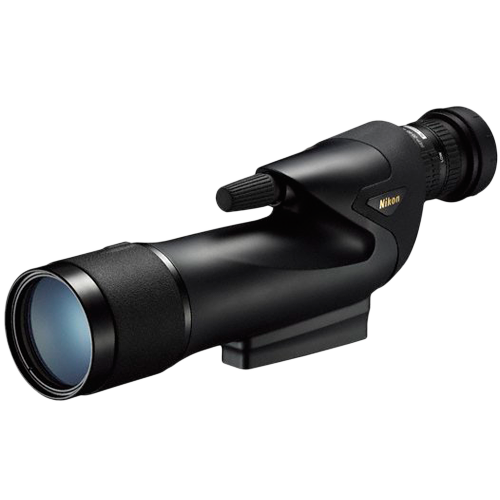
Nikon PROSTAFF 5 Fieldscope 60 with 16x – 48x Eyepiece
Spotting scopes normally come standard with a variable zoom eyepiece. When looking at spotting scopes you will notice that they have a set of numbers in their name. For example it could read 20-60×60. The first 2 numbers would mean that the spotting scope can zoom from a 20x magnification to a 60x magnification, and the second number would reference the size of the front lens. A model with a reference of 62A or 82A refers to the viewfinder being at 45 degrees instead of straight – the A is for ‘angled’. If you need to look at birds perched in trees, an angled viewfinder will be necessary, whereas a straight viewfinder is easier when viewing whales in the bay or ships coming to the harbour, or for game viewing. Be sure to buy the one that suits your needs. With so many products to choose from, the Nikon Prostaff 5 range is excelent value. Enjoy your viewing!
Please note that while we offer Celestron telescopes for sale, we don’t stock demonstration units in store – they are available on a per-order basis only.

